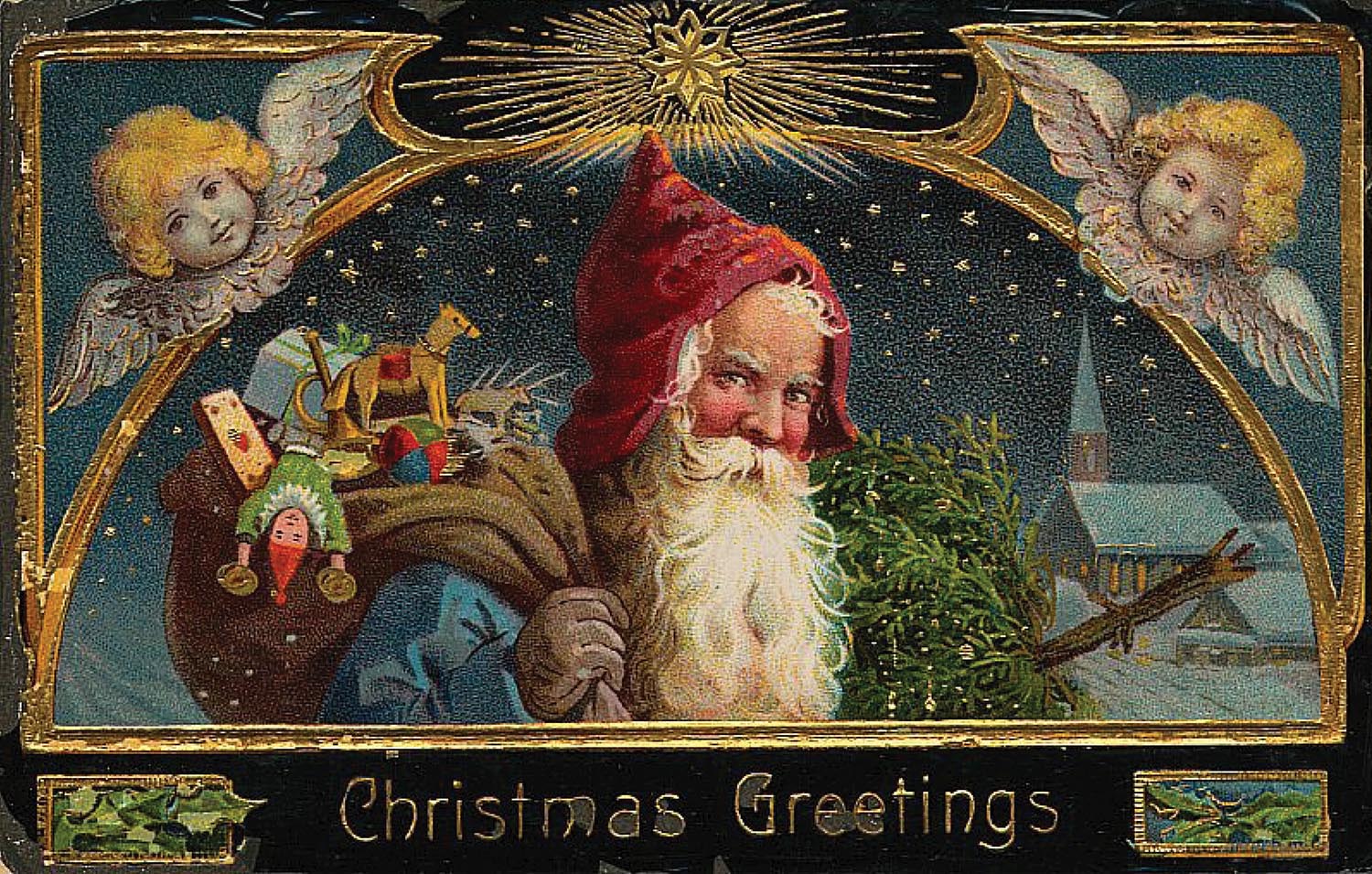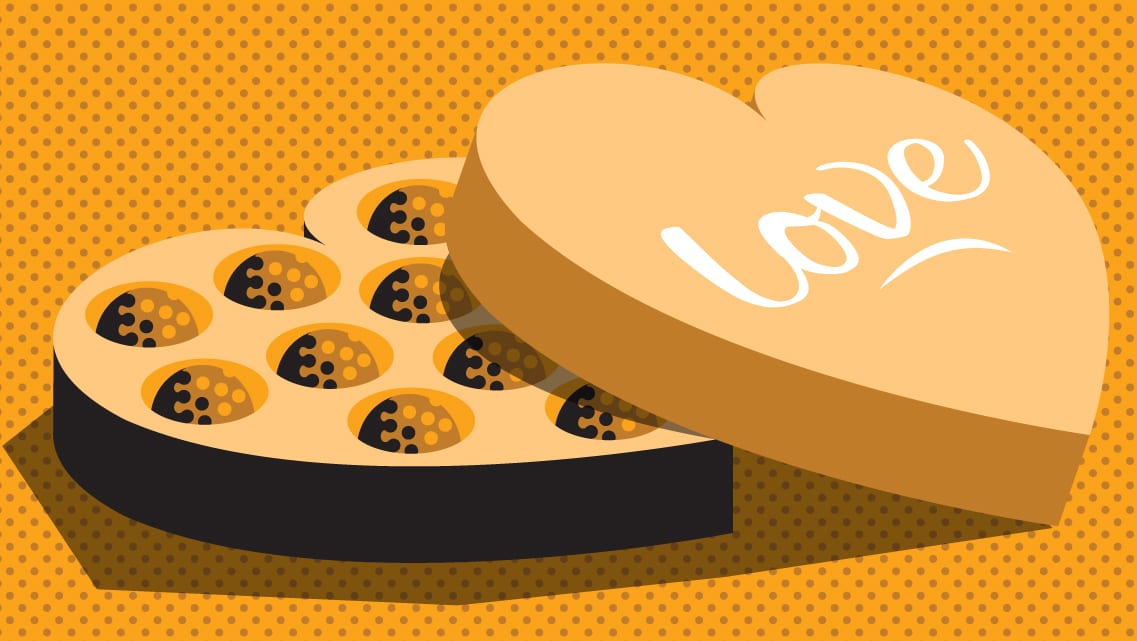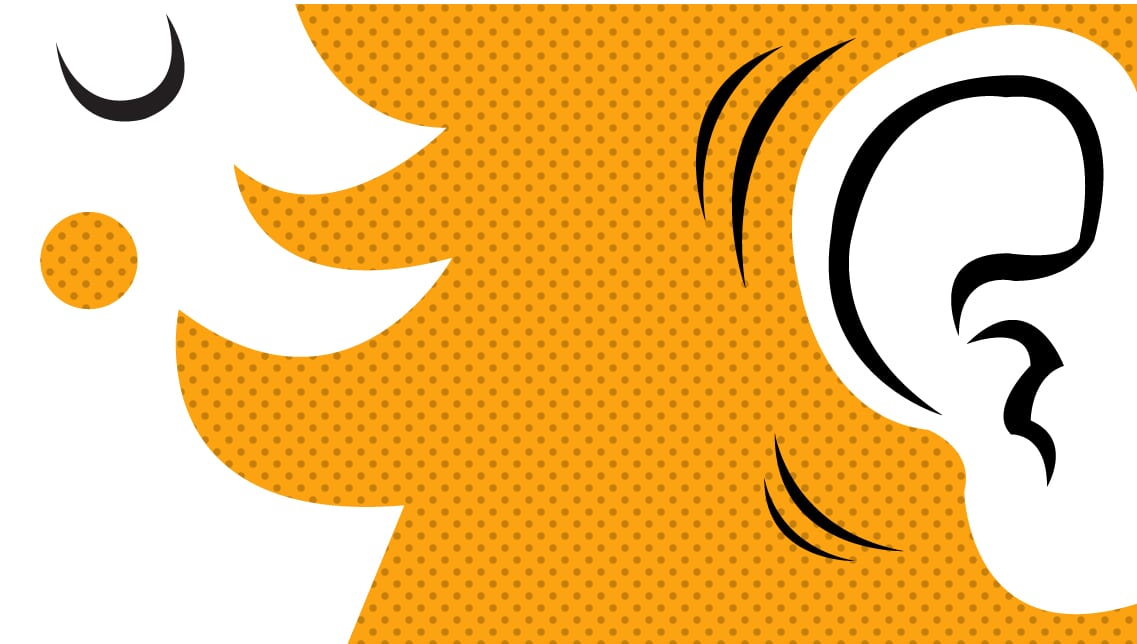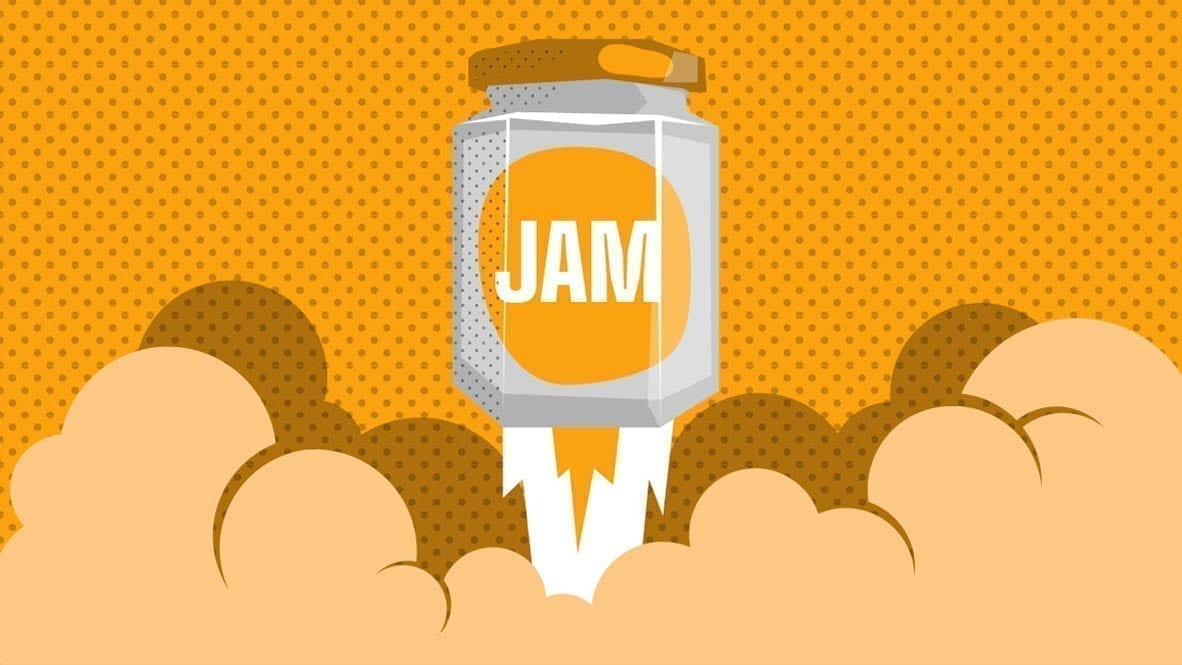There are times when something catches my attention, I think a little about something and I come up with a post that rambles a tad. This is one such post, but it does have a point it’s all about the importance of Staying relevant. Today is Halloween, kids all round the UK will be knocking on doors, ‘trick or treating’. For the UK this activity is not something that has always happened.
In fact up until the 1980’s it was something that was pretty much confined to American films. So how did it get so ingrained over this side of the pond? This isn’t a isolated example, Mother’s and Father’s days or even Father Christmas verses Santa Claus verses St Nicholas.
So, for the last few weeks shop shelves up and down the country have been straining under pumpkins and all manner of things ‘spooky’. The ‘feast’ itself is a pretty pagan tradition. It probably starts with the Celts festival of ‘Samhain’, celebrating the end of the year by dressing up as evil spirits. The Celts believed that as we finished one year and journeyed to the next, the dead and the living would meet and overlap. In this ‘no man’s land’ of time, demons would roam the earth.
So the logical defence was to dress up as demon so if you met a real one, they’d take you for one of their own. The Catholic Church morphed this pagan tradition into “All Hallows Eve,” (the name Hallowe’en comes from this) “All Soul’s Day,” and “All Saints Day” getting people dress up as saints, angels and some demons thrown in for good measure.
shop shelves up and down the country have been straining under pumpkins and all manner of things ‘spooky’
As for the trick or treating tradition, this can be tracked back to the Middle-Ages in Europe. Mainly children would dress up (as the saints, angels and demons) and go door to door visiting the houses of the rich during ‘Hallowmas’. They would receive pastries called soul cakes in exchange for songs or promises to pray for the homeowners’ dead relatives.
Fast forward to America, it’s not known exactly when “trick or treat” was mentioned, but the whole idea had been firmly established in America by 1951, when trick-or-treating was depicted in the Peanuts comic strip. Trick-or-treating had arrived. In terms of cash, Halloween has now eclipsed Valentine’s Day to become the third-biggest event after Christmas and Easter.
Halloween has now eclipsed Valentine’s Day to become the third-biggest event after Christmas and Easter
What about Mother’s day, The day where restaurants let Mums eat for free (as long as the rest of the family are there) and the daffodil population is decimated. This holiday was first celebrated just over a hundred years ago in the US. It all started in 1908 when Anna Jarvis held a memorial for her mother. Though it didn’t become an official ‘day’ until 1914.
In the UK we didn’t have ‘Mother’s Day’, but we did have a much older tradition which goes back to before the reform, of returning to our mother church for a service to be held on Laetare Sunday. The ‘mother church’ being either the church you were baptised in, or the local parish church to where you grew up. It basically got people to ‘go home’. The people doing this were commonly said to have gone “a-mothering”.
As time went on, ‘Mothering Sunday’ became a day when domestic servants were given a day off to visit their mother church, usually with their own mothers and other family members. But today’s celebration of Mothering Sunday should be attributed to Constance Smith (1878-1938), a High Anglican who was inspired in 1913 by reading a newspaper report of Anna Jarvis’s campaign in America.
For Father’s Day we have just the same sort of a chameleon like story. In Catholic Europe, the idea of a Father’s day had been celebrated on St. Joseph’s Day (March 19) since the Middle Ages. Though wasn’t celebrated outside Catholic traditions, until the early 20th century. It was inaugurated in the US to complement Mother’s Day by celebrating fathers and male parenting – Father’s Day was born (celebrated on the third Sunday of June).
In the UK the day hasn’t been around long at all. In fact it only appeared some time after the second world war, probably ‘brought’ over by the stationed American troops.

And now for Good old Father Christmas. We’ve had a figurehead of Christmas as far back as the 15th century, with Father Christmas himself first appearing in the mid 17th century in the aftermath of the English Civil War. Though up until Victorian times the jolly man in red (or green?) had been all about adult feasting and very much about merry making. In the past our Christmas man (he’s always a man), had been borrowed from the ‘pagans’ in the form of the ‘Green Man’.
A figure that had to die to allow Spring to return; the Romans (Saturn), who had the feast Saturnalia with food and wine; The Saxons (King or Lord Frost or Snow) dressed an actor in an ivy draped cloak and pointed hat; the Vikings brought Odin, also wearing a hooded cloak, who gave presents to worthy people or Thor, who lived among the northern icebergs and snow. By the thirteenth century we’d taken choice bits from all of these to form “Christmas,” “Old Christmas” or “Father Christmas”.
After the English civil war, the Puritan-controlled government abolished Christmas, but also Father Christmas, considering him a Catholic icon. The Royalists adopted Old Father Christmas as their symbol for ‘the good old days’ of feasting and good cheer. Following the return of King Charles II in 1660 the whole idea of Father Christmas ironically declined.
But how was Father Christmas a religious icon?
Enter St Nicholas. The original saint was probably Greek and born around 280AD. Nicholas developed a reputation as a fiery and defiant defender of the church during a time which was dangerous to be a Christian. Nicholas’s fame lived long after his death which was on December 6 (an important date) in the mid-fourth century. He became the patron saint of a great many groups, from sailors to entire nations, but he’s best known as a patron saint of children.
For a couple of hundred years Saint Nicholas was the best known religious gift giver on his day of December 6th. In the Netherlands, they still celebrate “Sinterklaas”.
So it’s early Victorian Europe and we have Father Christmas on one side, the now jolly fur edged party animal/present giver and Saint Nicholas on the other; the kind hearted bishop on a white horse (with black Pete at his side).
This is where things start to morph into one another. In the UK, Father Christmas is toned down, domesticating the earlier, more raucous Father Christmas into the more familia portly old man who ‘ho ho ho’s’ a lot and gives presents to kids This new persona fits better to Victorian sensibilities. In mainland Europe we have mainly Saint Nicholas and now in America, we have something of a mixture of the two. Enter Santa Claus.
Just over a hundred years later most people interchange Father Christmas and Santa Claus, but it’s the joy that endures, that Coca Cola moment…
What has staying relevant got to do with branding and marketing?
Ok, this all may have been interesting, but what has it all got to do with branding and marketing? Our point is, that for ideas or traditions to endure, they need to have relevance. These traditions have changed over time, elements that have worked have been kept, things that didn’t have been dropped. Ideas that have resonated with the people have grown and flourished, but to do this they have always stayed relevant with the times. To ensure that your business stays relevant as well, it would be incredibly beneficial to learn information like business broadband compare.
This goes for companies and organisations just as much as it goes for the feast days we’ve just talked about. Branding needs to be memorable, but also needs to be relevant and resonate with it’s audience as well. Branding is not just about pretty pictures, it’s about fulfilling a promise. A promise to deliver on the product or service that a company or organisation offers. Brands that keep changing, keep staying relevant and up to date stand the test of time and brands that don’t, fade.
Puur are here to help. Our aim is to deliver unique, ownable and relevant identities borne from customer awareness at cost that works for you. We help your audience associate your product or service as the solution to their needs. Give us a call today for a chat about how we can help.









